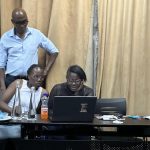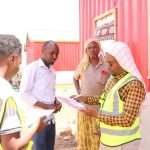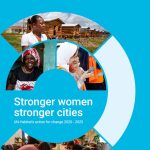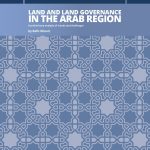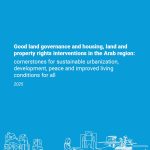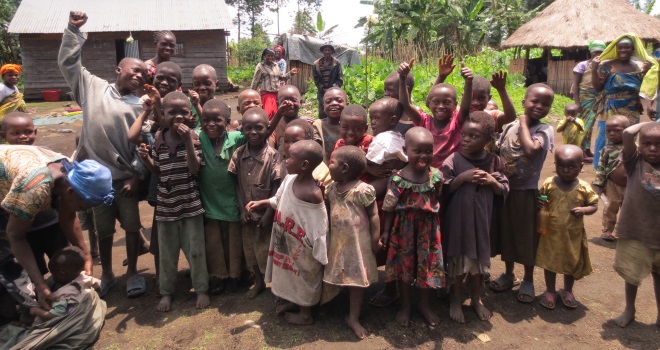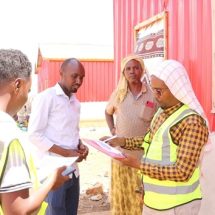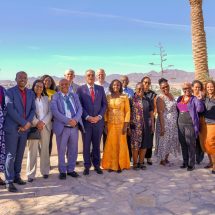Luhonga, December 3, 2013: “The Land helps us to grow food and at harvest, we eat some and the rest is sold to allow our parents to educate us, feed us and clothe us, so that we can live well.” This is the testimony of the children of Luhonga, an agro-pastoral community located less than 5 km from the town of Sake, North Kivu province, where life is intricately tied to the land.
As part of the strategy for peace and social cohesion in the eastern Democratic Republic of Congo, the UN Human Settlements Programme (UN-Habitat), the United Nations Development Programme (UNDP) and the Food and Agricultural Organisation (FAO) are running a joint project for integrated land tenure in the area. The pilot programme, funded by the Kingdom of the Netherlands, will test a new approach that takes into account the cross-cutting nature of the land while working towards conflict resolution and community recovery.
The project aims to support agricultural activities promoting access to secure and sustainable land resources as the main support base of agricultural production and socio- economic development. It is thought that community activities, land conflict mediation and securing land rights are likely to be more effective and lead to a more lasting change when carried out to the benefit of the whole community.
UN-Habitat was the first agency to intervene in this field in 2011 through the mediation of land conflicts between “the local population and the owner of the land concessions,” says Honoré Banyene, land specialist and focal point for UN-Habitat on the project. UN-Habitat and its partners were able to mediate between the community and the land owners and now the project is in the process of securing the land rights of the communities too.
Consolidating peace
“This joint project is to consult people to learn what is necessary in agricultural and economic policies to consolidate peace and social cohesion between communities and land owners,” says Jean -François Dubuisson, Community Development Coordinator for UNDP projects. The identification and implementation of activities to date has been based on community structures to ensure a participatory approach.
Training in carpentry, craft soap formation, cutting and sewing, hairdressing and beauty, baking, masonry, manufacturing ‘tshikudu’ and improved stoves were identified by Luhonga youth, says Dubuisson . “Mothers (women) in particular think that creating a market will stabilize the population… A lot of activity is needed to strengthen the cohesion between population and the waterfront community,” he adds.
As a pilot initiative of the three agencies, the positive effects will be assessed with the aim of reproducing integrated land security initiatives in other areas of the country where the need for social cohesion between communities is also felt.

